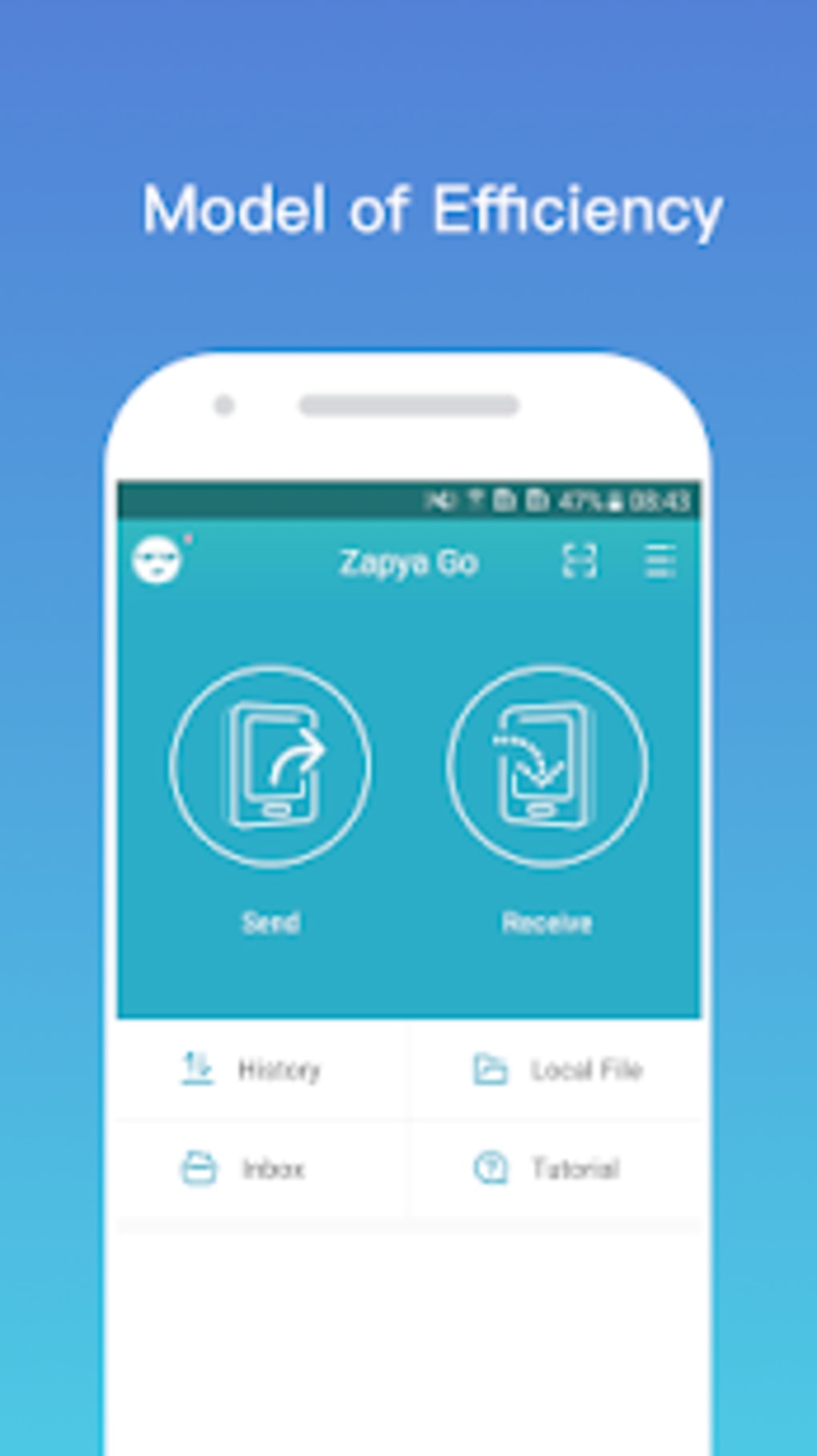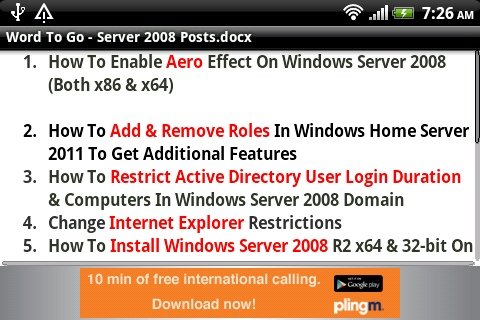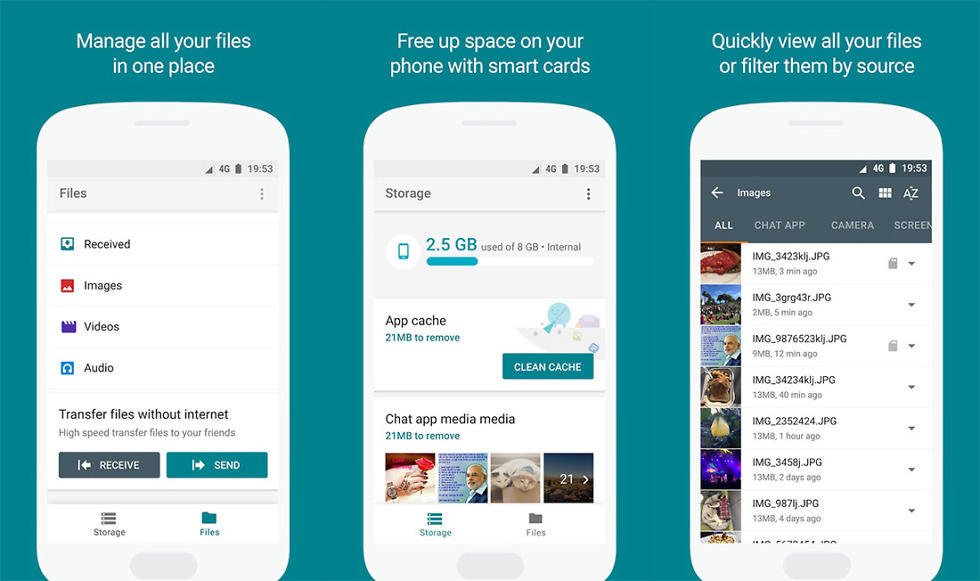- Files by Google is a file management app that helps you: Free up space with cleaning recommendations. 🔍 Find files faster with search and simple browsing. ↔️ Share files offline with others, fast and without data. ☁️ Back up files to the cloud to save you space on device. FREE UP MORE SPACE.
- Pokemon Go is a game providing definite hours of fun 100% free of charge. However, be careful while playing and mind your actual environment. Should you download it? Yes, if you heard about the game and felt drawn to the hype. It provides a unique playing experience that is completely addictive - and healthy!
Sometimes, users may lose track of the files they've downloaded with a web browser. The tips on this page help you find your downloads.
A go live license is included with installaware free edition meaning you are allowed to redistribute setups created using the freeware version of installaware without restrictions or limitations completely royalty free even for commercial use!as you step up to higher editions of installaware and modify the setup projects created by the add in you may find that you need to re synchronize recent.
Press Ctrl+J to view browser downloads
First, try pressing Ctrl+J (or Command+Option+L on a Mac). On many browsers, this shortcut opens your Downloads interface. You can see downloads that have completed, and any downloads that are still in progress. If you double-click a file in the list, it opens or runs. You can also click a button to open the folder on your computer where the file was downloaded.
In the example pictured here, a downloaded file is shown in the Firefox downloads window (called the 'Library').
For additional information about finding downloaded files in your operating system, continue reading the sections below.
View downloads on Microsoft Windows
Using your web browser
The Internet browser you use when downloading a file can determine where the file is saved. Most browsers save a file to a Downloads folder in your User profile folder on your computer.
TipThe fastest way to view your recent downloads in Chrome, Microsoft Edge, Internet Explorer, Firefox, and Opera, is to press Ctrl+J on your keyboard. After this shortcut key combination is pressed, a downloads tab or window (shown below) appears.
TipIn the Internet browser options or settings, you can find where your download files are saved. You can then change that download location or leave it alone.
Using the Start menu
To access your downloads outside the browser, press the Windows key, type Downloads, and then press Enter.
In some cases, when you download a file, you may be presented with a pop-up dialog box asking if you want to Save the file or Run the file. If you select the Save option, you can specify where to save the file including the desktop, Documents folder, or any other location.
In an Explorer window
You can also find your Downloads folder in any File Explorer window. Open a new explorer window by pressing Windows key+E.



Or, as pictured below, you can click the File Explorer icon on your Taskbar.

In your File Explorer window, you can navigate to your Downloads folder using the shortcut in the left pane or by clicking Downloads under other headings, such as Frequent Folders.
Bonus TipCreate a shortcut to your downloads folder to quickly get access to it from the desktop. See: How to create a Windows shortcut.
View downloads on an Apple Mac
From the Finder, you can open the Downloads folder by clicking File → New Finder Window, or pressing Command+N. Then, click Downloads in the left pane.
You can also access your downloads using the link on the Dock. In the lower-right corner of the dock, click Downloads. Your most recent downloads spring out of the dock.
Click any icon to open that file.
View downloads on an Android phone and tablet
Android phones and tablets include an app called Files or My Files, depending on the manufacturer. The app displays all files on the device, including those downloaded, listed in chronological order.
The Files or My Files app is found in the app drawer. Open the app and tap the Downloads option to view downloaded files on your phone or tablet.
If you don't like the default file manager app, another option is to download and install Files by Google, available in the Google Play store. The app helps you organize all files on your Android phone and tablet, and gives you easy access to downloaded files. It also includes features for clearing app cache and deleting junk files, which helps to regain storage space on the device.
View downloads on an iPad and iPhone
On the iPad and iPhone, downloaded files are not saved or stored in a single location. Instead, downloaded files are associated and accessible through compatible apps.
For example, if a picture is downloaded, it's found through the Photos app. If a PDF file is downloaded, it can be viewed through Safari or a PDF app. If a song is downloaded, it is available to listen to through the Music app. To find a downloaded file on your iPad or iPhone, open the compatible app and use it to view the file.
Another option is to install a file manager app on your iPad or iPhone, such as the File Manager & Browser app. Using a file manager app, you can organize all files on the device, making it easier to find them. If your iPad or iPhone has iOS 11 or later running on it, you can install the Files app to organize and manage files. The Files app also allows for syncing of files with the iCloud Drive and third-party applications, like Box and Dropbox.
Additional information
- See the download definition for further information and related links to this term.
How to download files in Go
The best way to learn a new programming language is to write small utility programs. Let’s write one such program to download files via http in Go.
I am going to show the entire source code first and then walk through each section of it.
Download a file over http

main function
Since this is a command line tool, we start with the package main and function main. We ask the user to pass the url to download and the filename to save it under as command line arguments. We can access them using the os.Args slice.
We just pass the url and filename to the DownloadFile function. The only return value from this function is an error, which we display to the user and exit.
DownloadFile function
Go For Files Download Free
Now if we look at the DownloadFile function, this is pretty simple.
- We create a new file at the filepath location
- Then we use
http.Get()to do a GET request to the url. - Finally we use
io.Copy()to read from theresp.Bodyinto the newly created fileout. - We make sure to close both the file and the response.
Now how can we say that it is memory efficient and doesn’t download and store the entire file in memory? For that we can just look at the source code of io.Copy() and follow along till we reach copyBuffer(). Here we can see that it create a buffer []byte array of size 32kb and uses that to read from the source Reader to destination Writer.
Better DownloadFile
This does work well, but for this tool to be a bit more useful, it needs to show some output to the user. Some indication that it just downloaded a file successfully. Especially if the file is a few hundreds of MB in size, we don’t want the command to keep waiting.
Let’s also add in an extra feature of first downloading to a temporary file so that we don’t overwrite an old file till the new file is completely downloaded.
WriteCounter to count bytes
First off we are going to create a struct which can be used to count the number of bytes which is written. It has only a simple field of uint64. But what is interesting are the two methods that we are going to write for this struct.
Write() and PrintProgress()
We are implementing the Write method for this struct, which makes this object of the io.Writer interface. We can pass this object to any function which requires a io.Writer interface. And the Write function just increments the counter by the size of the bytes written into it and then calls the PrintProgress method.
The PrintProgress method is just an utility method which prints how many bytes were written. It uses the go-humanize package to convert the number of bytes into a human readable number.
DownloadFile function
Google Files Go For Pc Free Download
Now there is just one minor change in the DownloadFile function. Instead of just passing resp.Body into io.Copy, we are creating an io.TeeReader which takes in the counter struct we created earlier.The io.TeeReader, requires one Reader and one Writer, and it returns a Reader by itself. It reads from resp.Body, writes to the counter, and then passes those bytes to the outer io.Copy function. This is a common pattern followed in Unix pipes.
Other than the TeeReader, we are creating a temporary file to download our file, so that we don’t overwrite an existing file before the entire file is downloaded. Once the download is complete, we rename the file names and complete our program.
If you run the entire code to download a large file, this is how it shows up on the terminal.
Goforfiles Free Download
The source code of both the programs are available on this gist link.
Free Sound Files For Download
Conclusion
This shows, how age-old patterns like the unix pipes and tee commands are still relevant and we can build simple tools using those patterns. But more important is the way interfaces are implemented in golang, which allows you to create new structures like the WriteCounter and pass them to any place which takes in an io.Writer interface.